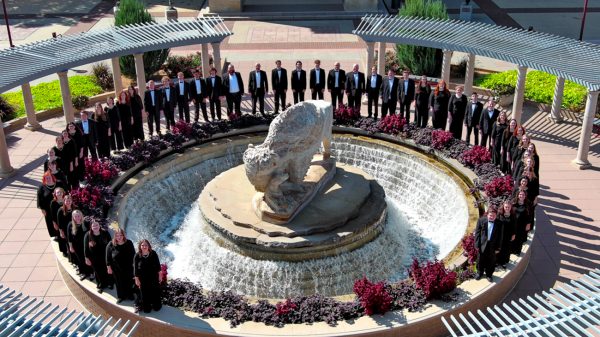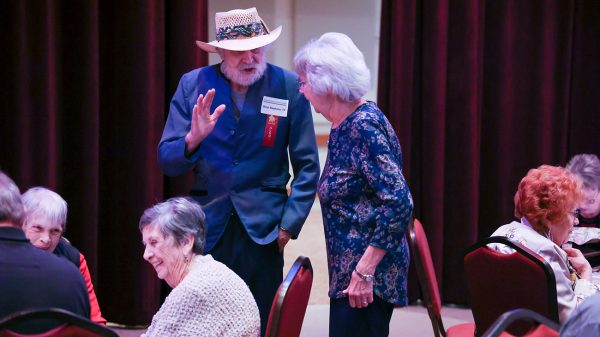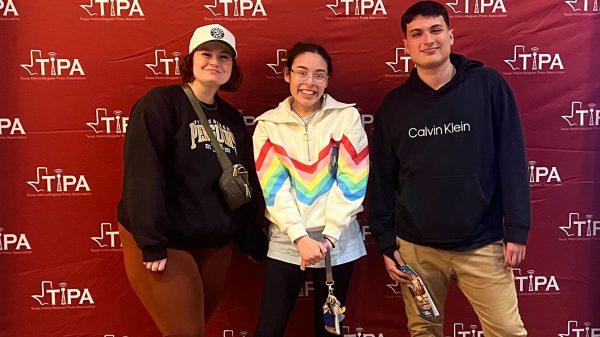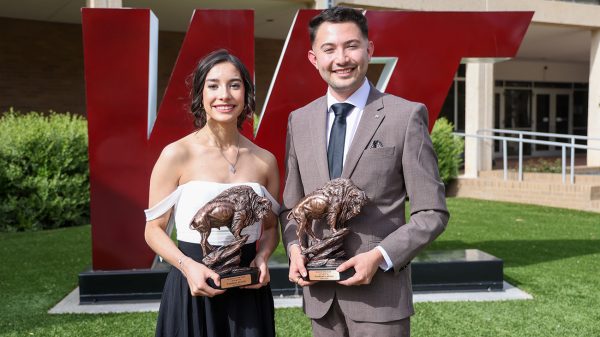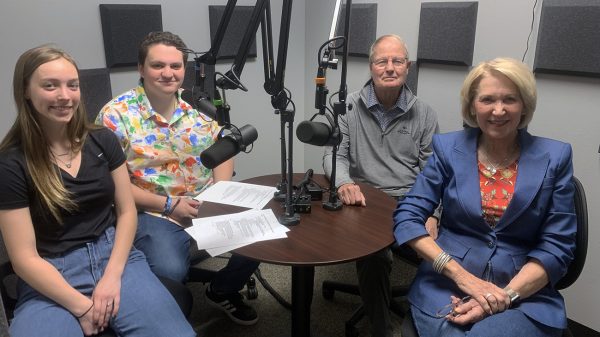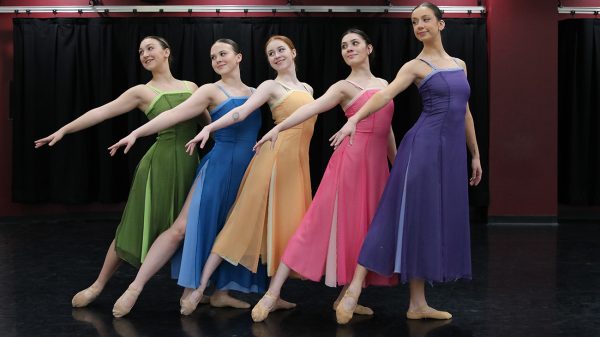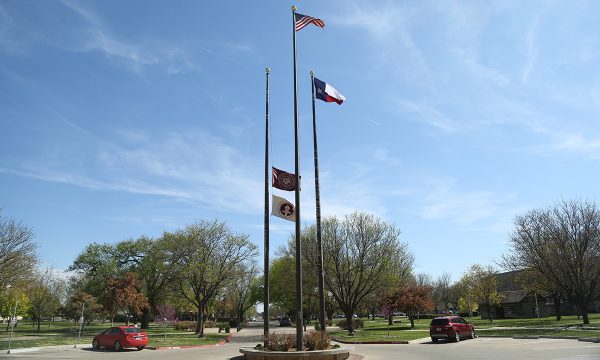60th Anniversary of WT’s Integration to Be Commemorated at Homecoming Dinner
October 4, 2021

Copy by Chip Chandler, 806-651-2124, [email protected]
CANYON, Texas — A group of pioneers first arrived on campus at the then-West Texas State College beginning in 1960 — the first Black students and, later, staff and faculty members who together integrated the school.
Their legacy will be honored at the Celebrating 60 Years of Integration dinner at 6 p.m. Oct. 8 in Legacy Hall in the Jack B. Kelley Student Center at West Texas A&M University. Tickets are $30.
“Our Black students and all of our students of color today owe a debt of gratitude to those who took the first steps toward integration at WT,” said Angela Allen, the University’s chief diversity and inclusion officer. “Indeed, all students and the entire WT community need to hear these students’ stories. WT has a fundamental commitment to equity and dignity for all, and remembering and learning from our shared past shows us how far we’ve come and how far we have to go.”
WTSC denied applications from at least two male Black students in 1959, but when John Mathew Shipp Jr. took his case to court, U.S. District Judge Joe B. Dooley found in February 1960 that Texas’ attempt to maintain racially exclusionary colleges to be unconstitutional. That opened the doors to Betty Jo Thomas, Mae Deane Franklin and Roy Watson, who enrolled in Fall 1960. She was followed in Spring 1961 by Helen Neal, who attended WT to complete a college degree begun at Langston College, a historically Black college in Oklahoma.
WT’s mission of creating a diverse and inclusive student-centered community of learners is now a key tenet of University’s long-term plan, WT 125: From the Panhandle to the World. That plan is being fueled by the historic, $125 million One West comprehensive fundraising campaign.
“At WT, we embrace the opportunity of enhancing our experiences and cultural perspectives, and we also believe in learning from the past,” WT President Walter V. Wendler said. “We continue to aspire to create a welcoming and inclusive campus that will engage in action-oriented solutions to address discrimination and support all who come to WT.”
Neal, who graduated in 1962 and was a community leader in Amarillo until her 2013 death, wanted to set a good example for her four young girls, daughter Delores Thompson said.
“She and Daddy (Nathaniel ‘Nat’ Neal) met at Langston. When they got married, she didn’t get to finish her degree,” Thompson said. “She always thought that was important, and she wanted to be a good role model for us four girls.”
In that initial group’s footsteps, other Black students began arriving, encouraged by the willingness of Coach Joe Kerbel to recruit Black athletes.
Claudia Stuart, who arrived at WT in 1967, said she felt some racial tensions during her time as a student, particularly centering on the flying of the Confederate flag at football games.
“We formed a committee to go and talk about the flag with the administration and how things could be settled down a little bit because the history of the Confederate flag was different for us than it was for (white students),” Stuart said. “It took years — years — but we stayed with it.
“I was part of the Student Senate,” Stuart continued. “We were always having discussions on how to make things better for all of the students here at WT.”
Stuart later returned to WT for her master’s degree, then taught sociology and criminal justice for 20 years. Now a professor emeritus, Stuart this year was named a Distinguished Alumna.
Judy Turner, who started classes in 1967, had a harder time adjusting.
“I remember a time when I went into a classroom and sat down kind of in the middle of the room,” Turner recalled. “I was the only black student in there — in fact, that was the way it was from the time I entered WT until the time I graduated — and no one sat beside me or in front of me, so I felt out of place.
“I carried that with me until I graduated from WT. It was so stark that it was one of those things that never went away.”
In addition to Watson, the Neal family, Stuart and Turner, the dinner also will honor former students and alumni Ron King and Billy Cannon, as well as Roger Scott, who was the first Black staff member hired at WT.
There’s a burden to being one of the first, said Turner, who went on to teach English at Caprock High School.
“But you can share what you’ve learned with those who are to come,” she said. “I’ve seen changes, and I’m hoping it continues, and I believe it will because I believe the younger generation is the one that will help that become a reality.”
About West Texas A&M University
WT is located in Canyon, Texas, on a 342-acre residential campus. Established in 1910, the University has been part of The Texas A&M University System since 1990. WT, a Hispanic Serving Institution since 2016, boasts an enrollment of about 10,000 and offers 60 undergraduate degree programs, 40 master’s degrees and two doctoral degrees. The University is also home to the Panhandle-Plains Historical Museum, the largest history museum in the state and the home of one of the Southwest’s finest art collections. The Buffaloes are a member of the NCAA Division II Lone Star Conference and offers 14 men’s and women’s athletics programs.





